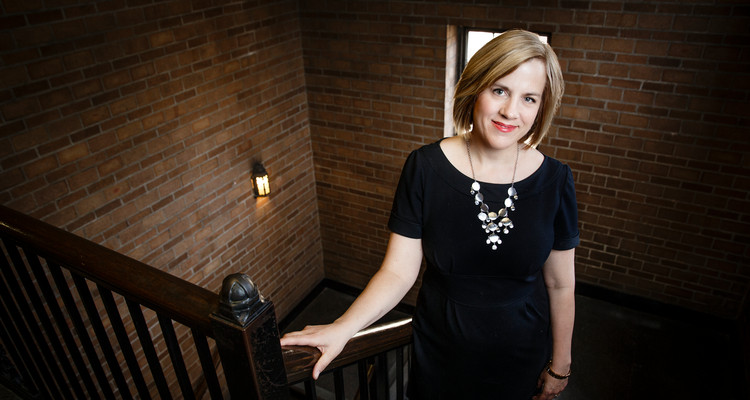In 1845, Eliza Lynn Linton, age 23, persuaded her father to provide the funds necessary to spend a year in London writing her first novel. As she departed from her Cumberland home, she reflected, “My choice was made. ... And thus and forever broke down my dependence on the old home and set my face towards the Promised Land – the land where I was to find work, fame, liberty, and happiness.”
I always have been fascinated by the women who risked everything to pursue the literary life during the Victorian era. Some, like Linton, found success: By 1848, she had published two novels and was working as a staff writer for the Morning Chronicle. Other women writers toiled in obscurity, writing articles, stories and poems for a largely anonymous periodical press. Over the years I have been inspired to tell their stories – to illuminate the barriers and opportunities women encountered as they negotiated a male-dominated literary marketplace.
My first book, First-Person Anonymous: Women Writers and Victorian Print Media (2004), explored the lives and works of five of these writers: George Eliot, Elizabeth Gaskell, Harriet Martineau, Christina Rossetti and Christian Johnstone. As I researched their stories, I was struck by the significant role periodical journalism played in enabling their careers. Eliot and Johnstone served as editors of major periodicals, and Gaskell, Rossetti and Martineau published their first works in small-circulation journals.
The convention of anonymous and pseudonymous publication enabled them to write on topics usually off-limits to women writers of the period, including politics, economics and science. When publishing their fiction in periodicals, they adopted many of the narrative strategies associated with the periodical press. For example, Elizabeth Gaskell’s early stories published in Howitt’s Journal have much the same radical perspective and philanthropic zeal as the other contents of the magazine.
The periodical press not only provided women with new venues and narrative strategies for their work but also enabled them to market themselves as literary celebrities. My second book, Literary Celebrity, Gender, and Victorian Authorship (2011), explored the ways in which women were able to use the expansion of celebrity media to further their own careers and retell British history on their own terms. I also examined the role of male and female literary celebrities in the formation of British national identity. As Victorians toured the homes and haunts of famous writers, they developed a sense of shared national heritage. At the same time, by reading sensational accounts of writers’ lives, they were able to reconsider conventional gender roles and domestic arrangements.
I discovered that literary celebrity was utilized for other purposes as well, including the professionalization of medicine, the development of the open space movement and the formation of the literary canon.
My interest in the intersections between Victorian literature and journalism led me to a long-running association with the Research Society for Victorian Periodicals. In 2012, I was elected to edit the organization’s journal, Victorian Periodicals Review, a peer-reviewed scholarly publication founded in 1968.
Assuming an editorial role has enabled me to deepen my understanding of the field and has provided new opportunities for mentoring colleagues and students. Each spring VPR hosts a lecture by an emerging scholar whose work has appeared in the journal. Last semester, for example, Dr. Erika Berisch Elce, from the Royal Military College of Canada, gave an engaging lecture on shipboard periodicals edited by sailors on Victorian polar expeditions. Each year VPR also offers a paid editorial assistantship that gives graduate students the opportunity to gain practical experience in the editing field.
I integrate study of Victorian journalism into many of the courses I teach. For example, in my graduate Victorian literature course last spring, students studied Charles Dickens’ Great Expectations (1861) in relation to its serial publication in All the Year Round, using full-text electronic databases to explore intersections between the novel and other contents of the magazine. This semester, each student in my women’s literature undergraduate course is researching a forgotten woman writer – one of the multitude of Victorian authors whose stories are waiting be told. My mission is to inspire the next generation of literary archaeologists, helping them uncover rare cultural materials while teaching them new strategies for interdisciplinary inquiry.
I will of course be researching and writing right along with them. This year I am at work on a number of projects, including an article on Eliza Cook, a working-class woman poet who was immensely popular from 1845 to 1865, though she is rarely remembered today. Cook founded her own journal in 1849 and played an instrumental role in facilitating the careers of fellow writers and artists. I am inspired by her prolific literary output, her outspoken feminism and her commitment to mentoring others. I look forward to sharing my discoveries with UST students and the wider scholarly community.
Professor Dr. Alexis Easley teaches in the Department of English at UST.
From Exemplars, a publication of the Grants and Research Office.







